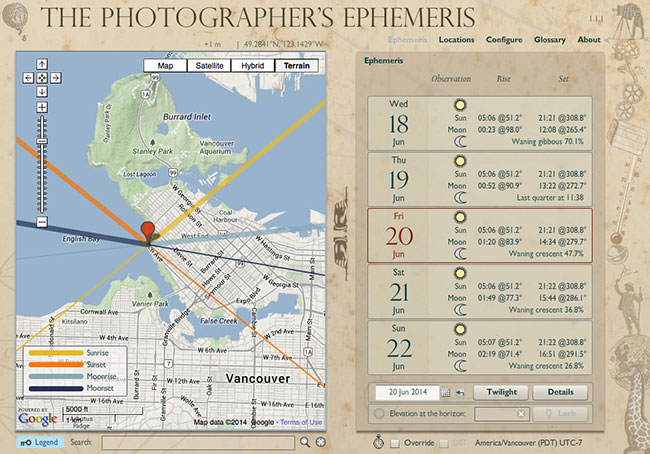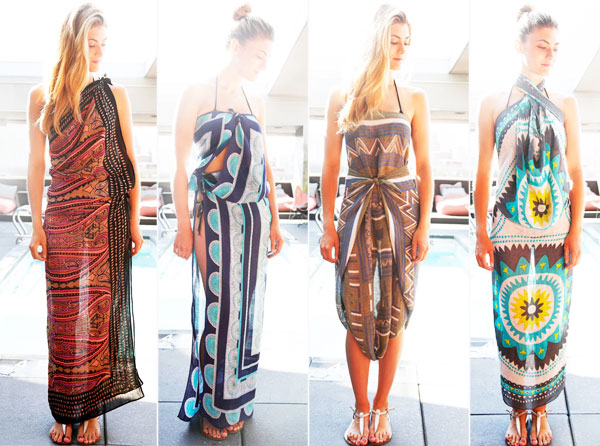Summer presents us with some great photography opportunities with more light, longer days and clear summer skies. So with that in mind, I’m sharing some camera set-up and planning tips to help improve your photography skills not only for summer, but year round.
- Set your camera’s date, time and filename – Setting the date and time will help you organize your photos later when editing and will make them easier to find down the road if you’re looking for a particular photo. Set the filename to something you will find easily and can identify as your own images. I use my initials.
- Turn off camera sounds – Turning off the camera beeps makes shooting less intrusive. When shooting wildlife, especially, these camera sounds can distract and scare the animals, which could ruin your shot.
 Set your file format – You should be shooting RAW files for the highest quality images with the most versatility for editing. Raw files can take longer to write to your memory cards, however, so if you are time bound, set it to high quality JPG mode.
Set your file format – You should be shooting RAW files for the highest quality images with the most versatility for editing. Raw files can take longer to write to your memory cards, however, so if you are time bound, set it to high quality JPG mode.- Format memory cards – Make sure your memory cards are formatted and ready for use. It helps to get into the habit of formatting your cards immediately after you’ve downloaded your images to ensure that they are ready for the next time you want to use them.
- Charge your batteries – Get into the habit of charging your batteries as soon as they get low to avoid a dead battery when you need your camera unexpectedly. There’s nothing worse than missing a shot because you are out of battery power.
- Clean your equipment – Clean your lenses, filters and camera sensors regularly to avoid unnecessary image editing later to remove dust and spots. Keep a lens cloth in your camera bag to clean your lenses on the go. Give your tripod a good wash and wipe down after you use it outside as well, to avoid damage or corrosion.
- Clean out your camera bag – To prevent getting dirt and dust in your camera and lenses, clean out your camera bag at least every few months.
- Pack Spare Essentials – Always carry a spare charged battery and extra memory cards in your camera bag. They don’t weigh much and it’s worth having them around if you need them.
- Bring a plastic garbage bag – Pack a plastic garbage bag in case of rain or as a ground cover if you have to get down in the dirt.
- Plan your shoot – Check a map before you head out, so you don’t waste time (and optimal light) looking for your location. Research the sun’s position ahead of time to ensure it doesn’t end up being behind a building or mountain at the time of your shoot. I use the Photographer’s Ephemeris, a handy app available for desktop and mobile devices that gives you sunrise and sunset times and directions, and lots of other information.

What are some of the things you do to set up your camera and plan your photo shoots? Share in the comments below.
Stay tuned next week for 10 Exposure and Camera Setting Tips!
[Tweet “Improve your photography with 10 Camera Set-Up and Planning Tips. #photography #PhotoTips”]

